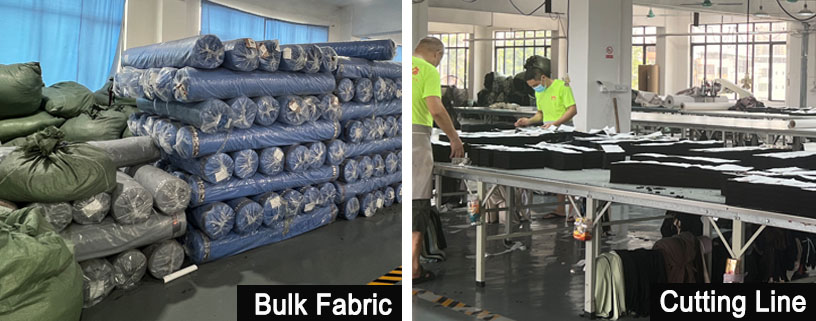In the clothing industry, GSM stands for grams per square meter, a crucial metric that measures the weight of knitted fabrics. Understanding GSM is essential for manufacturers, designers, and consumers alike, as it directly influences the quality, durability, and suitability of fabrics for various applications, particularly in the realm of sportswear and activewear.
Understanding GSM
GSM is a standard unit of measurement that quantifies the weight of fabric. Specifically, it refers to the weight of a piece of fabric that measures 1 meter long and 1 meter wide. This measurement provides a clear indication of the fabric’s density and thickness, which can significantly affect its performance characteristics. For instance, a higher GSM typically indicates a heavier, denser fabric, while a lower GSM suggests a lighter, more breathable material.
How to Measure Fabric Weight?
If you are working with a piece of fabric that is not 1 meter by 1 meter, you can still determine its GSM by following a simple calculation. First, cut a smaller sample of the fabric, ideally in a square shape. Weigh this sample using a precise scale to obtain its weight in grams. Next, you will need to calculate the area of your sample. For example, if your sample measures 10 cm by 10 cm, its area is 0.1 square meters (0.1 m²). The sample weighs 50 grams
This means that the fabric weighs 500 grams per square meter, providing a clear understanding of its weight and density.
Importance of GSM in Fabric Selection
The weight of the fabric, as indicated by its GSM, plays a vital role in determining its suitability for specific applications. In the clothing industry, particularly in the production of sportswear, the GSM can influence several factors:
Durability: Fabrics with a higher GSM are generally more durable and can withstand wear and tear better than lighter fabrics. This is particularly important for activewear, which is subjected to rigorous movement and stress.
Breathability: Lighter fabrics with a lower GSM tend to be more breathable, making them ideal for warm weather or high-intensity activities. Athletes often prefer these fabrics to help regulate body temperature and wick away moisture.
Comfort: The weight of the fabric can also affect comfort. Heavier fabrics may provide a sense of security and warmth, while lighter fabrics can offer a more relaxed and free-feeling fit.
Cost: Generally, heavier fabrics may be more expensive due to the increased material used in production. Understanding GSM can help manufacturers and consumers make informed decisions about budget and quality.

If you want to know more about custom sportswear fabrics, please get in touch with us!
Contact Details:
Dongguan Minghang Garments Co., Ltd.
Email: kent@mhgarments.com
Post time: May-19-2025





